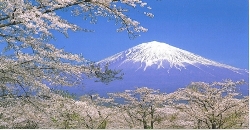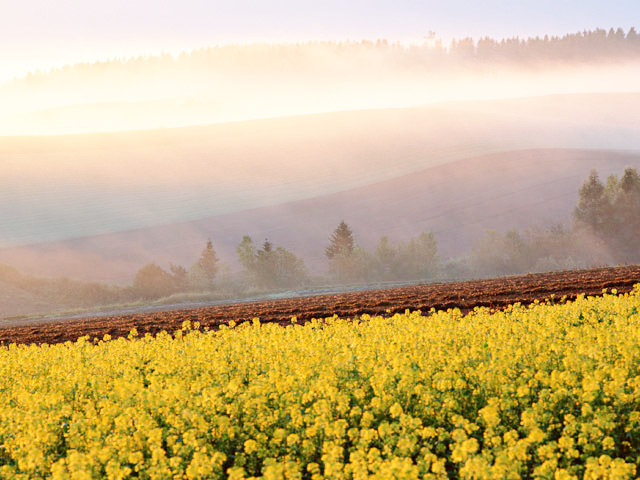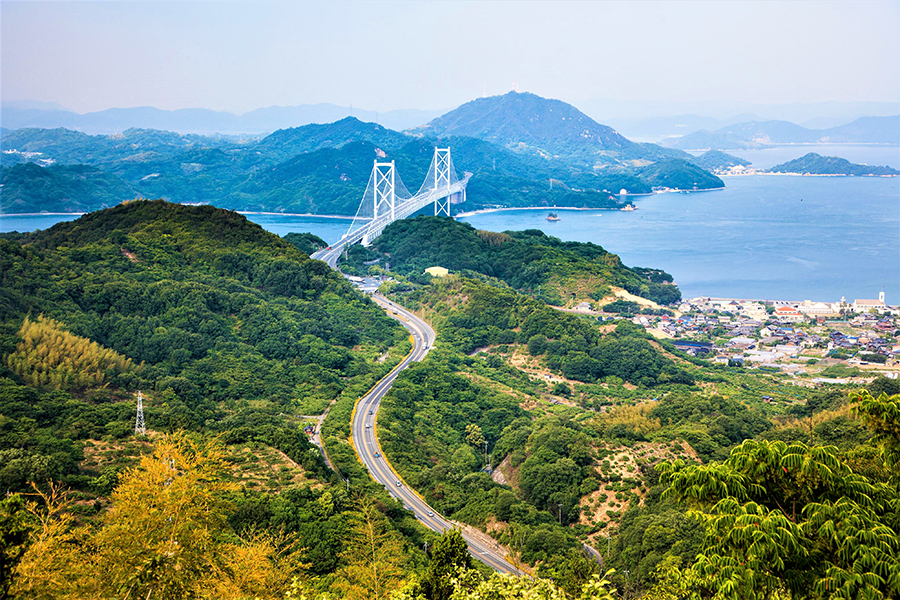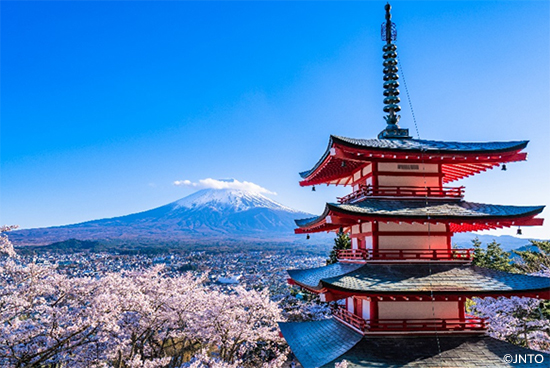From snowy mountains and winding rivers to dramatic coastlines, Japan’s stunning natural beauty invites you to get out and explore. This great scenic diversity has given rise to a wide array of outdoor activities which make the perfect addition to your trip—or even the centerpiece of your travel plans! And while similar outdoor activities are available elsewhere, Japan always adds a special touch for an experience unlike anywhere else.
Kitayama River Log Rafting (Wakayama Prefecture)
River rafting is an exciting way to feel immersed and connected to the flow of the river, but Kitayama River Log Rafting gives it a twist! Unlike typical rafting experiences, you won’t be seated in a plastic boat but standing on a traditional wooden raft. Rides run through the Dorokyo Gorge in Kitayama Village, a beautiful natural area of Wakayama with gorgeous clear water. The rafting activity was historically created to function as a way for loggers to transport lumber by riding rafts downstream. Now, guided by traditionally dressed drivers known as ikadashi, you can experience this thrilling ride navigating choppy waters through pristine natural scenery.
Be sure to bring a change of clothes though—you will get wet!

The details:
Rides depart twice daily at 10:40 am and 1:00 pm and are available from May through September. In May and June, they operate only on weekends, but from July through September, they operate every day except Thursdays (unless Thursday is a holiday.)
Prices are 6,600 yen for adults and 3,300 yen for children, and safety equipment and life jackets are provided. Make your reservations at the Michi-no-Eki Okutoro Kitayamamura Kanko Center or on the Kumano Travel website. The last chance for registration is 20 minutes before departure.
World-Class Skiing at Niseko (Hokkaido)
Niseko United is a ski resort collective and one of the best places to experience Japan’s famous powder snow, colloquially known as JAPOW! On Niseko’s Mt. Annupuri, the ski season sees around 52.5 feet of snowfall and weather conditions are ideal for creating that perfect powdery snow – every skier and snowboarder’s dream. Niseko also has excellent hot springs and one of the highest concentrations of world-class restaurants in Japan. From traditional multi-course Japanese kaiseki to cozy cafes and delicious izakaya (Japanese pubs), there is no shortage of food and drink options to suit every mood. For libations, Niseko Distillery is worth a special mention. Opened in 2021, their stylish whiskey and gin distillery offers a free 90-minute tour, tastings, a shop where visitors can purchase quality spirits produced in-house. Make sure to book in advance for tours, but drop by anytime for tastings and a look at the shop.

The details:
The ski season starts in late November or early December and goes through April, with March having the lowest number of international tourists, but January – better known as Japanuary – is known to produce the best snow.
Niseko is affiliated with the Mountain Collective and IKON Pass, and offers special deals for skiing, hotels, and more. There are many hotels and long-term rentals available, including luxury hot springs.
Shimanami Kaido Cycling Road (Hiroshima and Ehime)
The Shimanami Kaido is a cycling route spanning 43 miles from Honshu to Shikoku. With its beautiful ocean views, dramatic coastlines, cute villages, and impressive bridges, the varied landscape makes this an extremely rewarding journey. Taking as little as 4 hours for experienced cyclists, beginners should plan for more than twice that. However, with so many great stops to make along the way and plenty of roadside stations where you can rest and refresh, the route really is suitable for all skill levels!

The details:
Numerous bicycle rental stations are located throughout the route. The recommended starting point is Onomichi in Hiroshima. Bikes can be rented for around 2,000 yen a day plus a deposit.
Bringing your own bike requires a little more research. It’s not always possible to take a bike on the train in Japan, and if you do, you need to partially disassemble it and put it in a bike bag. Even if you’re prepared for that, it’s best to check the rules of the train company you’re using first. In addition, it’s good to be aware that bicycles in Japan are registered vehicles, so there’s a small chance you might be asked for your bike registration and have to explain having bought your bike abroad. Bicycles are also vehicles for the sake of traffic and drunk driving laws, so make sure to be aware of the rules of the road before starting your journey.



















































